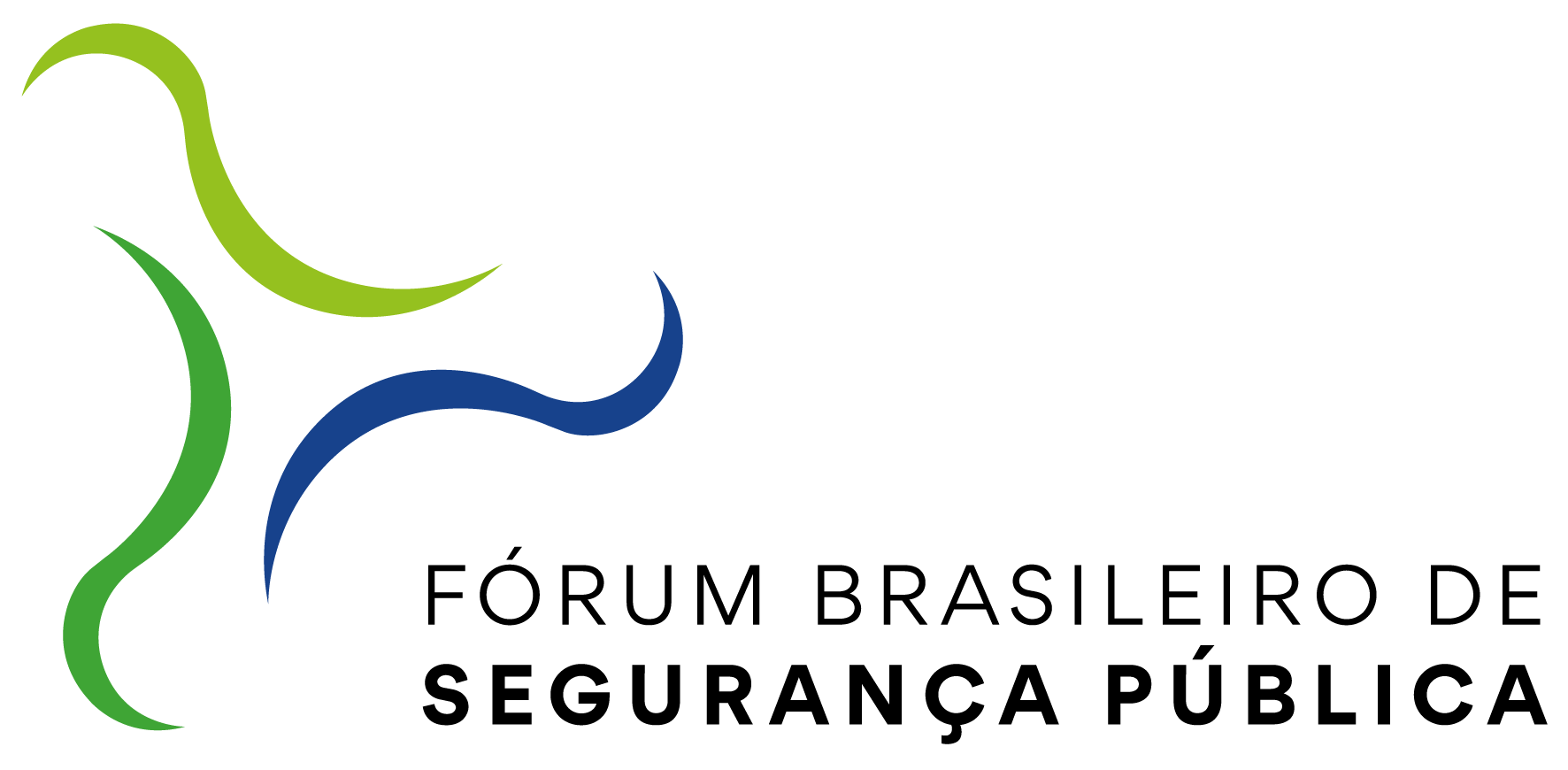Facial recognition and public safety
how to ensure the protection of personal data and avoid the risks of technology
DOI:
https://doi.org/10.31060/rbsp.2022.v16.n2.1377Keywords:
Public security, Real-time facial recognition, Risks, Data protection, Bias in the algorithmAbstract
This article analyzed the use of surveillance cameras with automated and live facial recognition (FR) technology for data processing within the scope of public security. RF tools are increasingly being used to assist police activities, so it is essential to analyze the minimum parameters for legitimate use of the technology. Through reading doctrines, legislation, case reports and recommendations from personal data protection authorities, this study sought to understand the functioning of the FR and map the principles to be observed to mitigate damage in the use of FR in public security. The Directive 2016/680 of the European Union and the principles listed therein are relevant directions for a possible Brazilian regulation of the use of data in the scope of public security. Finally, the main risks of the misuse of the FR and the damage already caused were stressed so that Brazilian legislation can pay attention to these errors.
Downloads
References
ARTICLE 29. Parecer sobre algumas questões importantes da Diretiva relativa à proteção de dados na aplicação da lei (Diretiva [UE] 2016/680). 2017.
BARATTA, A. Criminologia Crítica e Crítica do Direito Penal: introdução à sociologia do direito penal. Tradução: Juarez Cirino dos Santos. 3 ed. Rio de Janeiro: Editora Revan, Instituto Carioca de Criminologia, 2002.
BBC EARTH LAB. How Does Facial Recognition Work? | Brit Lab. Canal do Youtube, 26 nov. 2015.
BBW – Big Brother Watch. Face Off: the lawless growth of facial recognition in UK policing. maio 2018.
BIGO, D. Security, Exception, Ban and Surveillance. In: LYON, D. Theorizing Surveillance. The Panopticon and beyond. Reino Unido: Wilan, 2006, p. 46-68.
BITENCOURT, C. R. Tratado de Direito Penal: parte geral. v. 1, 19 ed. São Paulo: Saraiva Educação, 2019.
BRASIL. Lei No 13.444, de 11 de maio de 2017. Dispõe sobre a Identificação Civil Nacional (ICN).
BUOLAMWINI, J.; GEBRU; T. Gender Shades: Intersectional Accuracy Disparities in Commercial Gender Classification. Conference on Fairness, Accountability, and Transparency, Proceedings of Machine Learning Research, v. 81, p. 1-15, 2018.
CÂMARA DOS DEPUTADOS. Comissão de Ciência e Tecnologia, Comunicação e Informática. Audiência Pública Ordinária 03/04/2019.
CNJ – Conselho Nacional de Justiça. Banco Nacional de Monitoramento de Prisões – BNMP 2.0: Cadastro Nacional de Presos. Brasília: CNJ, ago. 2018.
CNMP – Conselho Nacional do Ministério Público. Sistema Prisional em números. 2020.
CONGER, K.; FAUSSET, R.; KOVALESKI, S. San Francisco Bans Facial Recognition Technology. The New York Times, 14 maio 2019.
CORREIO. Inocente é confundida com criminosa por câmera de reconhecimento facial no Rio. Correio, Da redação, 11 jul. 2019.
DA SILVA, R. L.; DA SILVA, F. dos S. R. Reconhecimento facial e segurança pública: os perigos do uso da tecnologia do sistema penal seletivo brasileiro. Anais do 5o Congresso Internacional de Direito e Contemporaneidade: Mídias e Direitos da Sociedade em Rede. Santa Maria/RS, 2019.
DONEDA, D. Da privacidade à proteção de dados pessoais: elementos da formação da Lei geral de proteção de dados. 2 ed. São Paulo: Thomson Reuters Brasil, 2019.
EFF – Electronic Fontier Foudation. Face Recognition. 2017.
GARVIE, C.; BEDOYA, A.; FRANKLE, J. The Perpetual Line-up. Unregulated police face recognition in America. Center on Privacy & Technology at Georgetown Law, 18 out. 2016.
GOOGLE CLOUD TECH. How Computer Vision Works. Canal do Youtube, 19 abr. 2018
GOV.BR. Guia de Boas Práticas – Lei Geral de Proteção de Dados (LGPD). ago. 2020.
ICO – Information Comissioner’s Office. ICO investigation into how the police use facial recognition technology in public places. 31 out. 2019.
IPE - Instituto de Pesquisa Econômica Aplicada. Atlas da Violência, v. 2.7. 2019.
JIAQUAN, Z. Drones, facial recognition and a social credit system: 10 ways China watches its citizens. South China Morning Post, People & Culture, 4 ago. 2018.
JÚNIOR, J. Maia cria comissão de juristas para propor lei sobre uso de dados pessoais em investigações. Portal da Câmara dos Deputados, Notícias, 27 nov. 2019.
KLARE, B. F.; BURGE, M. J.; KLONTZ, J. C.; BRUEGGE, R. W. V.; JAIN, A. K. Face Recognition Performance: Role of Demographic Information. IEEE Transactions on Information Forensics and Security, v. 7, n. 6, p. 1789-1801, dez. 2012.
KRISHNA, A. IBM CEO’s Letter to Congress on Racial Justice Reform. IBM, 8 jun. 2020.
LAVADO, T. Aumento do uso de reconhecimento facial pelo poder público no Brasil levanta debate sobre limites da tecnologia. G1, Economia, Tecnologia, 21 fev. 2020.
LISBOA, V. Câmeras de reconhecimento facial levam a prisões no carnaval do Rio. Agência Brasil, Rio de Janeiro, 8 mar. 2019.
MA, A. China has started ranking citizens with a creepy ‘social credit’ system — here’s what you can do wrong, and the embarrassing, demeaning ways they can punish you. Business Insider, Internationaal, 30 out. 2018.
MANN, M.; SMITH, M. Automated Facial Recognition Technology: recent developments and approaches to oversight. UNSW Law Journal, v. 40, n. 1, p. 121-145, 2017.
MATSAKIS, L. How the West Got China’s Social Credit System Wrong. Wired, Security, 29 jul. 2019.
MAURTVEDT, M.. The Chinese Social Credit System. Surveillance and Social Manipulation: A Solution to “Moral Decay”?. Tese (Doutorado em Sociedade e Política Chinesa) – Department of Culture Studies and Oriental Languages, University of Oslo, Norway, 2017.
MENDES, L. S. Privacidade, proteção de dados e defesa do consumidor: linhas gerais de um novo direito fundamental. São Paulo: Saraiva, 2014, cap. 1, p. 23 -78.
NIS - National Institute of Standards and Technology. Face Recognition Vendor Test (FRVT) Part 3: Demographic Effects. 2019.
METRÔ. Metrô compra sistema de monitoramento eletrônico com reconhecimento facial. Metrô, Notícias, 2019.
MOBIDEV. Face Detection & Recognition Software based on Machine Learning. Canal do Youtube, 22 maio 2019.
PRIVACY INTERNATIONAL. Protecting Civic Spaces. 1 maio 2019.
ROUSE, M. CCTV (closed circuit television). WhatIs, TechTarget, 2012.
SABBAGH, D. Facial recognition row: police gave King’s Cross owner images of seven people. The Guardian, Technology, 4 out. 2019.
SCHNEIDER, C. B.; MIRANDA, P. F. M. Vigilância Digital como instrumento de promoção da segurança pública. Publicatio UEPG – Ciências Sociais Aplicadas, Ponta Grossa/RS, v. 28, p. 1-14, 2020.
THALES. Biometrics: authentication & identification (definition, trends, use cases, laws and latest news) – 2020 Review. Thales, 2020.
TREVISAN, B . Manifestantes usam laser contra câmeras de reconhecimento facial. Olhar Digital, Notícias, 1 ago. 2019.
UNIÃO EUROPEIA. Diretiva (UE) 2016/680 do Parlamento Europeu e do Conselho, de 27 de abril de 2016. Jornal Oficial da União Europeia, 4 maio 2016.
VETTORAZZO, L.; PITOMBO, J. P. Rio e Salvador terão sistema de reconhecimento facial no Carnaval. Folha de S. Paulo, Cotidiano, 27 fev. 2019.
Published
How to Cite
Issue
Section
License
Copyright (c) 2022 Revista Brasileira de Segurança Pública

This work is licensed under a Creative Commons Attribution 4.0 International License.
Licensing
The Brazilian Journal of Public Security uses the Creative Commons License as a form of licensing for its published works. The license used follows the CC BY 4.0 - Attribution 4.0 International model.
To see the permitted rights please go to the full licence or to our Copyright and Licensing page.



